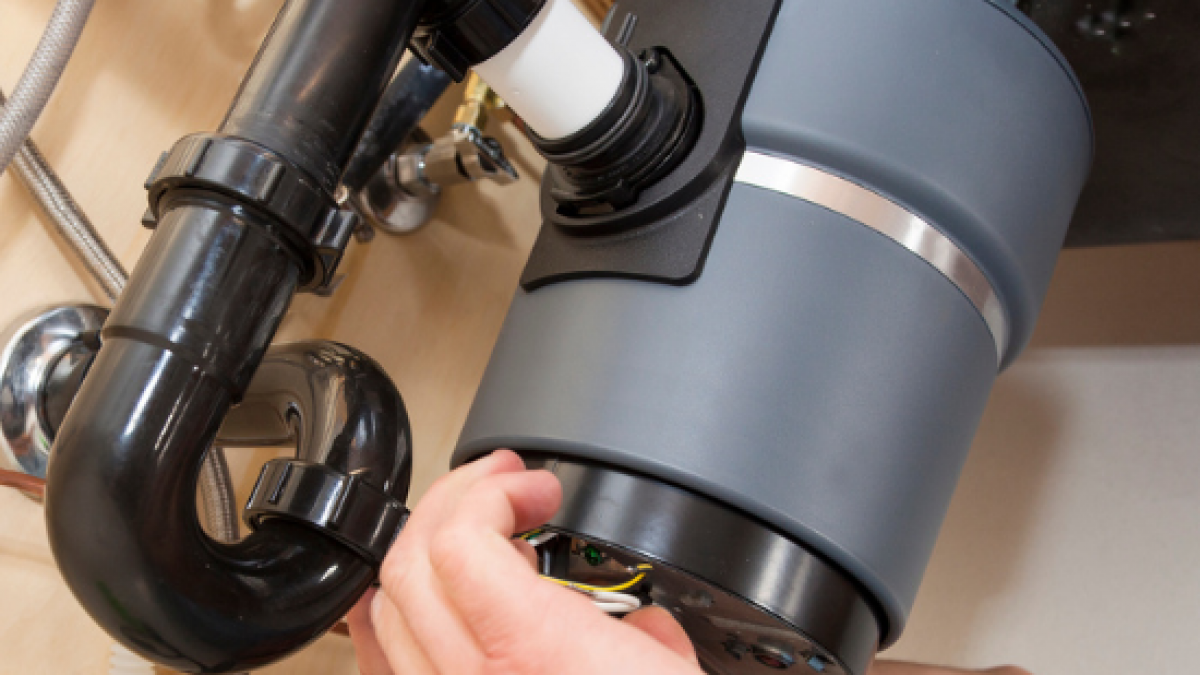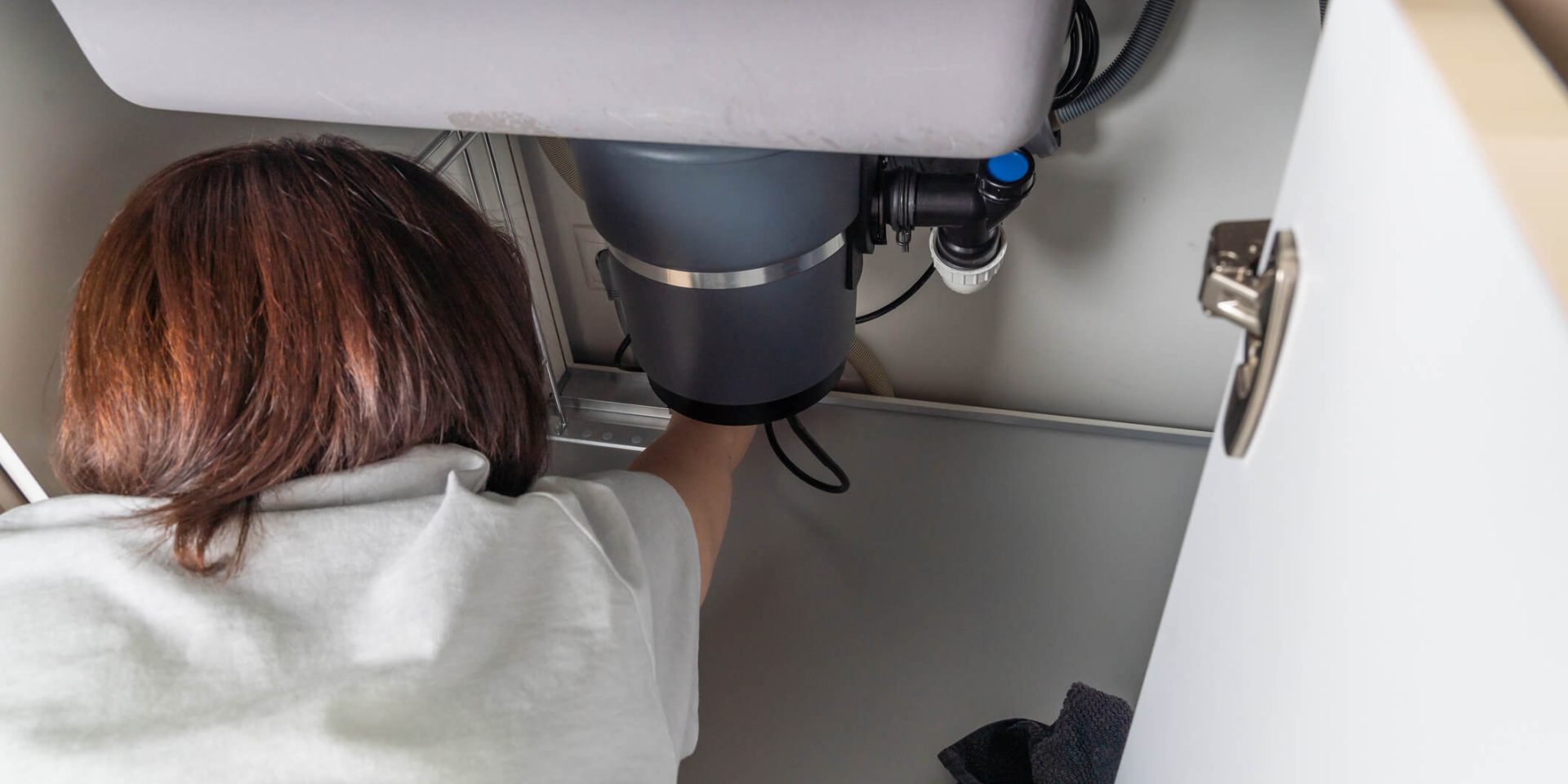Step-by-Step Techniques for Repairing a Leaky Garbage Disposal
Step-by-Step Techniques for Repairing a Leaky Garbage Disposal
Blog Article
Do you find yourself interested in suggestions concerning The Handy Guide To Fixing Your Garbage Disposal Leaking?

Garbage disposals are crucial cooking area appliances that aid in throwing away food waste effectively. However, a leaking waste disposal unit can be a discouraging and unpleasant issue to manage. Luckily, several leakages can be repaired quickly with a few basic actions. In this post, we will discuss just how to deal with a dripping garbage disposal effectively.
Introduction
Waste disposal unit are mounted under kitchen sinks and are created to shred food waste into smaller items, enabling it to go through the plumbing system quickly. While these devices are generally trustworthy, leakages can happen gradually as a result of damage, loosened connections, or damage to the unit.
Step-by-Step Overview to Fixing a Dripping Garbage Disposal
Switch off the Power
Prior to attempting any kind of repairs, make sure that the power to the garbage disposal system is shut off to prevent the threat of electric shock.
Situate the Leak
Determine the exact place of the leak and determine the cause
Tighten up Links
Use a wrench to tighten up any loose connections in between the disposal device and the pipes system.
Replace Seals or Gaskets
If the leak is because of used seals or gaskets, get rid of the old elements and replace them with new ones.
Patching Cracks or Openings
For cracks or holes in the disposal unit, usage epoxy or an appropriate patching material to seal the broken area.
Recognizing the Source of the Leakage
Prior to attempting to deal with a dripping waste disposal unit, it is essential to recognize the resource of the leakage. This can normally be done through aesthetic examination or by carrying out easy examinations.
Visual Examination
Evaluate the garbage disposal device thoroughly for any type of signs of water leakage. Pay close attention to locations around seals, gaskets, and link points.
Testing for Leakages
One method to examine for leaks is by running water through the disposal system and looking for any type of visible indicators of leak.
Typical Sources Of Leaks in Waste Disposals
Worn Seals and Gaskets
Seals and gaskets play a vital role in preventing water from dripping out of the garbage disposal. Gradually, these components can weaken, causing leaks around the disposal system.
Loose Links
The connections in between the garbage disposal and the plumbing system can become loosened in time, causing water to leakage out throughout operation.
Cracks or Holes in the Disposal Device
Physical damage to the waste disposal unit, such as cracks or holes in the housing, can additionally lead to leakages.
Tools and Materials Needed for Taking Care Of a Dripping Waste Disposal Unit
Prior to beginning the fixing process, gather the essential devices and products, including a screwdriver, flexible wrench, plumbing professional's putty, replacement seals or gaskets, and epoxy or patching material for fixing cracks or openings.
Examining the Garbage Disposal After Repair Service
As soon as the repair service is total, check the garbage disposal by running water through it to make certain that the leakage has been solved.
Preventive Upkeep Tips to Prevent Future Leakages
To avoid future leakages, it is vital to do normal upkeep on your waste disposal unit. This includes keeping it clean, avoiding putting non-food products or tough things down the disposal, and periodically looking for leakages or various other issues.
Final thought
Finally, taking care of a dripping waste disposal unit is a reasonably uncomplicated procedure that can be finished with fundamental tools and materials. By following the actions outlined in this article and exercising preventive upkeep, you can keep your garbage disposal in good working problem and prevent pricey repairs in the future.
What to Do About a Leaking Garbage Disposal
A leaking garbage disposal often goes unnoticed until you confront a sopping cabinet, a foul-smelling puddle, or an audible drip-drip-drip from the unit. The fix can be frustrating, too, because the leak can stem from a number of components in the system. Fortunately, with a little sleuthing, you can zero in on the leak and—depending on the exact location—stop the icky oozing and repair the component that caused it. Worst case scenario, if it turns out that the garbage disposal must be replaced, installing a new one is a reasonable do-it-yourself task for those with basic plumbing skills. Read on to keep the cash you’d otherwise hand over to a pro.
Prepare to find the leak
Prior to testing the garbage disposal for leaks, unplug it at the wall outlet and turn off the power from the breaker box to prevent electrical shock. Then insert a watertight sink stopper into your sink drain and wipe the unit dry with a clean cloth. In any handy container, mix a few drops of food coloring into a few cups of water, and pour the dyed water onto the sink stopper to help you locate the leak.
Investigate the source
the top, where the disposal meets the sink drain the side, where the dishwasher hose or main drain pipe connects to the disposal or the bottom of the unit Inspect each of these locations while gliding a light-colored rag over the unit; the dyed water will readily show on the rag and reveal the location of the leak. If a leak isn’t immediately apparent, remove the sink stopper and pour a few more cups of dyed water down the sink drain, then check for leaks again. Leaks near the top of the unit are more likely to show themselves while the sink is plugged, while side and bottom leaks are more noticeable while the sink is unplugged.
The metal sink flange that sits directly inside the sink drain is typically sealed around the top with plumber’s putty (a clay-like sealant) and then secured from under the sink with bolts. If the plumber’s putty deteriorates, or the bolts loosen, the flange can no longer form a watertight seal between the sink drain and the disposal—which could cause a leak at the top of the unit.
To reseal the leaky flange, you must first detach the garbage disposal. Start by loosening the screws securing the main drain pipe to the disposal, then loosen the screws in the metal clamp securing the dishwasher hose to the disposal and detach the drain pipe and dishwasher hose from the disposal. Loosen the screws in the mounting ring that connects the disposal to the metal mounting assembly beneath the sink, then pull down the disposal and carefully set it on a clean, dry surface. Loosen the bolts in the mounting assembly with a wrench, then pull down the mounting assembly and set it near the disposal.

I was shown that article on Garbage Disposal Leaking From Bottom from someone on our other website. In case you enjoyed reading our blog posting plz be sure to pass it around. Many thanks for going through it.
Get A Free Quote Report this page